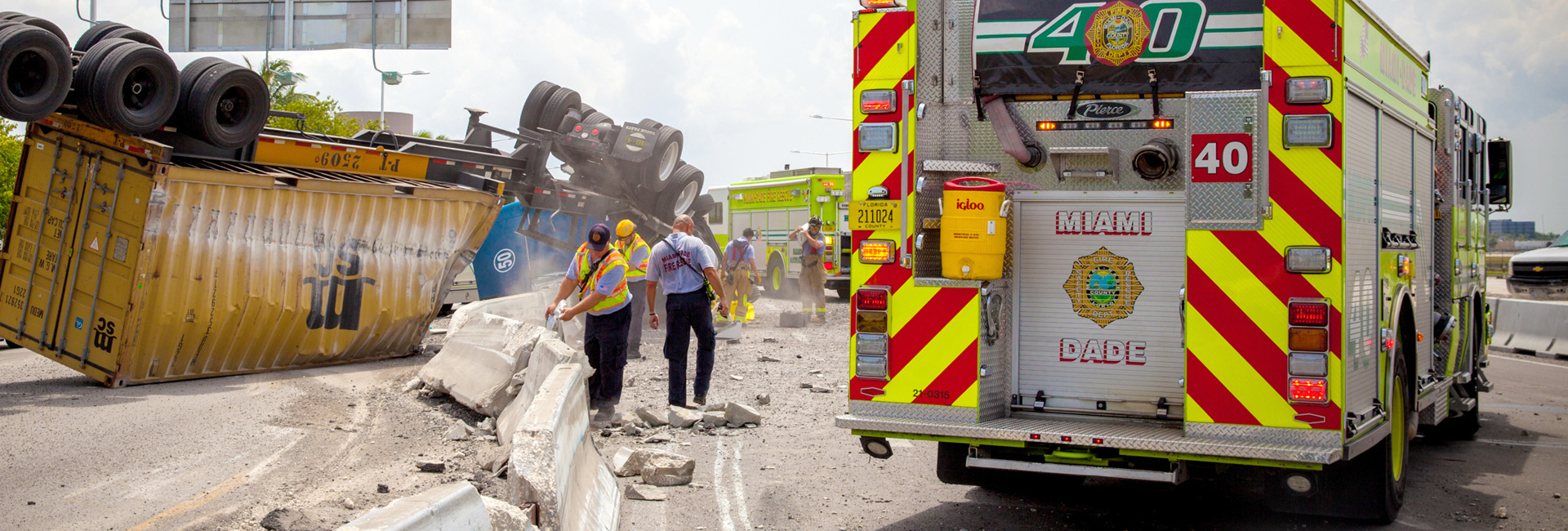Safety Tips: Roadside Emergencies
While many car emergencies cannot be predicted or anticipated, you can help minimize the potential for problems by making sure that you adhere to a regular maintenance schedule for your car and never delay attending to a known or suspected problem. Read your car manual thoroughly. If you are familiar with the operation of your vehicle, you will likely be able to detect and address problems earlier.
Even cars with the very best maintenance history are susceptible to unexpected breakdowns, so you should be prepared to know exactly what to do in the event of an emergency:
- Know your limitations and plan accordingly. If you know that you would be unable to handle even the simplest car emergency, consider a membership in a reliable motor club and make sure to always have a mobile phone available to call for help.
- Create and maintain a car emergency kit, which should include flares, reflective triangles, flashlights and extra batteries, a tool set, gloves, water and a first aid kit.
- If you experience car trouble, try to avoid coming to a stop in the traveling lanes of the road. As soon as you recognize that there is a problem, turn on your hazard lights and try to make your way to the shoulder and out of the flow of traffic. Call for help immediately.
- Get as far as you can away from the traffic lanes to give you as much space as possible between you and fast-moving cars. Keep your hazard lights on and open the hood of your car. An open hood is the universal sign of a car in distress, so leave the hood open even if you are not working on the engine.
- If you have flares or reflective markers, position them beginning at your car and set them at intervals going at least 200ft into the direction of the traffic that is coming closest to you.
- If there is a safe area outside of the car and further away from traffic lanes, wait for help outside of the car.
- Never attempt to fix or work on a car that is stuck in a dangerous location.
- If you suspect a fire somewhere in your car, DO NOT attempt to locate the origin of the fire. Get out immediately and make sure all occupants are out. Find a safe place, away from the car to call and wait for help.
- If your car becomes disabled after dark, the danger level rises significantly because visibility is poor and drivers are often less alert at night. Take extra care to stay far away from traffic lanes and do not assume that drivers can see you.
Even if you are pretty knowledgeable about cars and you are capable of handling some automotive problems on your own, you should never underestimate the danger of being disabled on an active highway.

Fire Rescue
Raied "Ray" Jadallah
R. David Paulison Fire Rescue Headquarters
9300 NW 41st Street,
Miami, FL 33178-2414
786-331-5000

